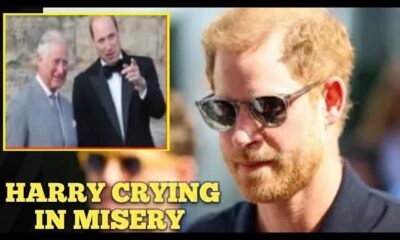The News
Prince Harry’s Security Struggle: A Royal Dilemma Amidst Celebrity Spotlight
In a striking turn of events, Prince Harry finds himself embroiled in a long-standing dispute with the UK Home Office over security measures that have garnered significant public attention.
This conflict has taken on a new dimension, particularly in light of recent developments involving pop sensation Taylor Swift, adding an unexpected twist to the narrative.
Since stepping back from royal duties alongside Meghan Markle, Harry has been vocal about his family's safety.
After relocating to the United States, he has consistently argued for the protection he believes is essential given his status and the threats he faces.
His concerns are not unfounded; they stem from a genuine desire to ensure the well-being of his loved ones in a world that can often feel perilous.
Despite Harry's compelling arguments, the UK Home Office has repeatedly denied his requests for police protection.
This refusal has ignited a legal battle that raises pressing questions about the security protocols for royals who choose to retire from their official roles.
What does this mean for their safety, and how does it reflect the evolving landscape of monarchy in the modern world?
Harry's determination to safeguard his family's privacy and security underscores a critical issue for contemporary royalty.
The stakes are high, and the implications of this struggle extend beyond one individual; they touch upon the broader responsibilities and protections afforded to those once deemed untouchable by the public eye.
Interestingly, Taylor Swift's upcoming Eras tour has inadvertently added a layer of intrigue to Harry's plight.
As Swift prepares to take the stage for her highly anticipated shows, fans eagerly anticipate the elaborate security measures that will be in place.
This scenario prompts a fascinating comparison between the security arrangements for celebrities and those available to senior royals.
Swift's ability to secure comprehensive safety measures highlights a disparity in how public figures are protected.




































































